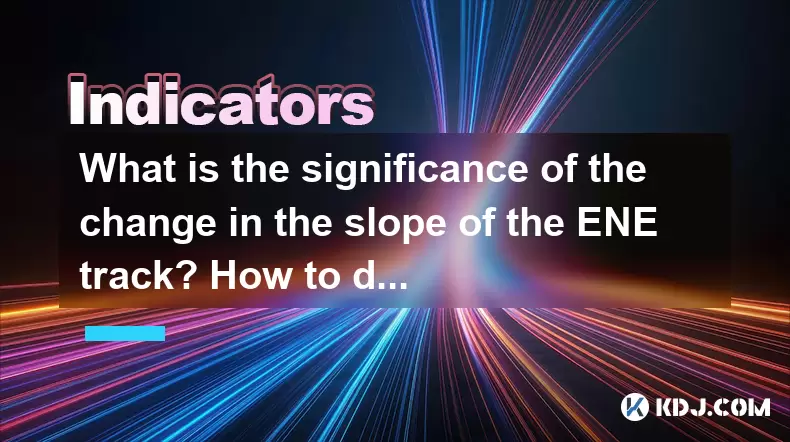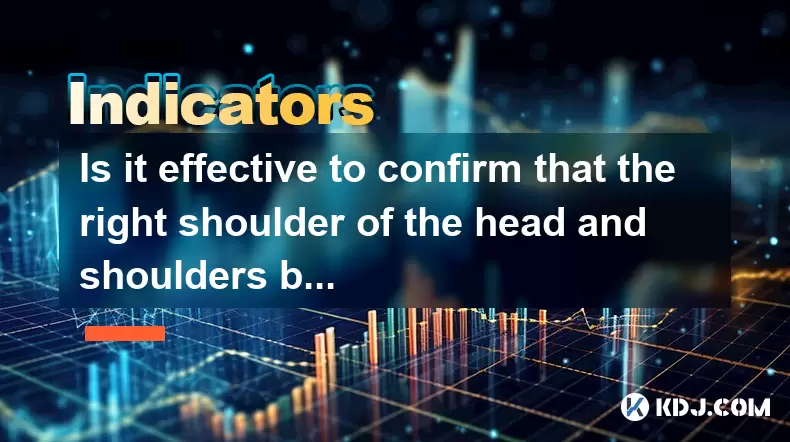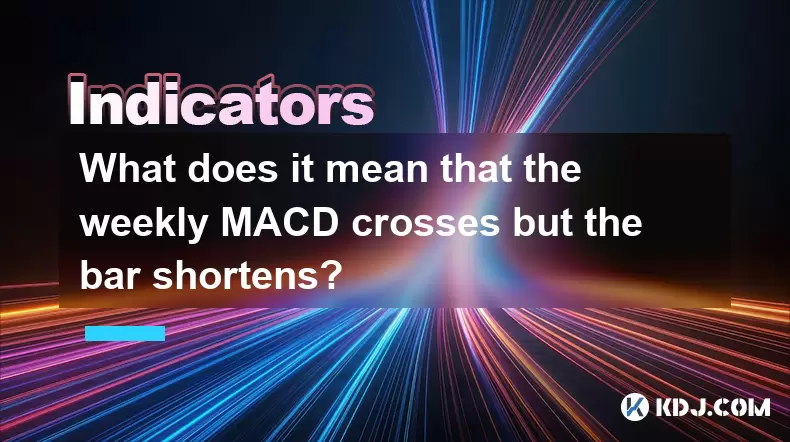-
 Bitcoin
Bitcoin $106,754.6083
1.33% -
 Ethereum
Ethereum $2,625.8249
3.80% -
 Tether USDt
Tether USDt $1.0001
-0.03% -
 XRP
XRP $2.1891
1.67% -
 BNB
BNB $654.5220
0.66% -
 Solana
Solana $156.9428
7.28% -
 USDC
USDC $0.9998
0.00% -
 Dogecoin
Dogecoin $0.1780
1.14% -
 TRON
TRON $0.2706
-0.16% -
 Cardano
Cardano $0.6470
2.77% -
 Hyperliquid
Hyperliquid $44.6467
10.24% -
 Sui
Sui $3.1128
3.86% -
 Bitcoin Cash
Bitcoin Cash $455.7646
3.00% -
 Chainlink
Chainlink $13.6858
4.08% -
 UNUS SED LEO
UNUS SED LEO $9.2682
0.21% -
 Avalanche
Avalanche $19.7433
3.79% -
 Stellar
Stellar $0.2616
1.64% -
 Toncoin
Toncoin $3.0222
2.19% -
 Shiba Inu
Shiba Inu $0.0...01220
1.49% -
 Hedera
Hedera $0.1580
2.75% -
 Litecoin
Litecoin $87.4964
2.29% -
 Polkadot
Polkadot $3.8958
3.05% -
 Ethena USDe
Ethena USDe $1.0000
-0.04% -
 Monero
Monero $317.2263
0.26% -
 Bitget Token
Bitget Token $4.5985
1.68% -
 Dai
Dai $0.9999
0.00% -
 Pepe
Pepe $0.0...01140
2.44% -
 Uniswap
Uniswap $7.6065
5.29% -
 Pi
Pi $0.6042
-2.00% -
 Aave
Aave $289.6343
6.02%
What is the significance of the change in the slope of the ENE track? How to dynamically track the trend strength?
The ENE indicator helps crypto traders spot overbought/oversold levels and trend strength by analyzing price position and band slope for timely entry and exit points.
Jun 17, 2025 at 04:57 am

Understanding the ENE Indicator and Its Role in Cryptocurrency Trading
The ENE (Envelopes) indicator is a technical analysis tool commonly used in cryptocurrency trading to identify overbought and oversold conditions. It consists of two moving average bands plotted above and below a central moving average line. These bands are typically set at a fixed percentage deviation from the central line, which helps traders visualize potential price reversals or continuation signals.
In the context of cryptocurrency markets, where volatility is high and trends can change rapidly, understanding the dynamics of the ENE track becomes essential. The slope of the ENE band—especially the upper and lower envelopes—can provide critical insights into the strength and direction of ongoing trends.
The slope of the ENE track reflects the momentum behind price movements. A steep upward slope may suggest strong bullish momentum, while a downward slope often indicates bearish dominance. Monitoring these changes allows traders to adjust their strategies accordingly.
Significance of Changes in the Slope of the ENE Track
A change in the slope of the ENE track can signal shifts in market sentiment. In crypto trading, such shifts are crucial because they often precede trend reversals or consolidations.
- When the upper ENE band begins to flatten after a sharp rise, it suggests that buying pressure is waning.
- Conversely, if the lower ENE band starts to curve upwards after a downtrend, it might indicate that sellers are losing control.
- A narrowing gap between the upper and lower bands could imply decreasing volatility and potential consolidation.
These subtle changes are especially important in fast-moving crypto markets where early detection can lead to better entry or exit points.
Traders should not only focus on absolute price levels but also analyze how the ENE bands are behaving relative to each other and the central moving average.
How to Dynamically Track Trend Strength Using the ENE Indicator
To dynamically assess trend strength using the ENE indicator, traders can follow these steps:
- Set up the ENE indicator correctly: Most platforms allow customization of the period and deviation percentage. A common setting is 20 periods with a 2% deviation, but this may vary depending on the asset and time frame being analyzed.
- Observe the position of price relative to the bands: Consistent movement near the upper band during an uptrend shows strong buying interest, while sustained proximity to the lower band during a downtrend reflects strong selling pressure.
- Monitor the angle of the ENE bands: Use visual tools or built-in drawing functions on your trading platform to draw trend lines along the ENE bands and observe how their angles evolve over time.
- Combine with volume indicators: Increasing volume during a breakout from the ENE band enhances the reliability of the trend strength signal.
- Use multiple time frames: Analyze the ENE slope across different time frames (e.g., 1-hour, 4-hour, daily) to confirm consistency in trend behavior.
By combining these observations, traders can dynamically gauge whether a trend is gaining or losing strength based on the evolving geometry of the ENE track.
Practical Example: Interpreting ENE Slope Changes in BTC/USDT Charts
Let’s consider a real-world scenario involving Bitcoin (BTC) trading against Tether (USDT). Suppose BTC has been rising steadily, with the price hugging the upper ENE band. Over several candles, you notice the upper ENE band begins to flatten even though the price continues to climb slightly.
This divergence suggests that although the price is still going up, the momentum behind the rally is weakening. At the same time, the distance between the upper and lower bands may start to narrow, indicating reduced volatility.
Now, if the price breaks below the central moving average line shortly afterward, this could be a warning sign of a potential reversal. On the flip side, if the lower ENE band begins to turn upward while the price stabilizes, it may signal a new bullish phase forming.
Such dynamic tracking enables traders to avoid late entries or exits by reading the slope and spacing of the ENE bands as early indicators of trend fatigue or resurgence.
Common Pitfalls and How to Avoid Them
Despite its usefulness, the ENE indicator is not foolproof. Traders often fall into traps when interpreting its signals without considering broader market conditions.
One common mistake is relying solely on ENE for trade decisions without cross-referencing with other indicators like RSI, MACD, or volume data. Another error is failing to adjust the ENE settings for different cryptocurrencies or market environments.
- Using default settings across all assets can result in misleading signals.
- Ignoring support/resistance levels can cause false breakouts to be misinterpreted.
- Not adapting to sudden macroeconomic events that impact crypto prices can render technical indicators temporarily ineffective.
To mitigate these issues, always use the ENE indicator as part of a broader analytical framework and remain flexible in adjusting parameters based on current market dynamics.
Frequently Asked Questions
Q1: Can the ENE indicator be used effectively in sideways or ranging markets?
Yes, the ENE indicator can help identify potential reversal points in ranging markets by showing when price touches or exceeds the upper or lower bands. However, caution is advised due to the likelihood of false signals in low-volatility environments.
Q2: What is the ideal deviation percentage for the ENE indicator in cryptocurrency trading?
While there's no one-size-fits-all value, many traders find success using a deviation between 1.5% and 3%, depending on the asset's volatility. More volatile coins may require higher deviations to filter out noise.
Q3: How does the ENE indicator compare to Bollinger Bands in crypto analysis?
Both ENE and Bollinger Bands use outer bands around a central moving average, but Bollinger Bands adjust dynamically based on standard deviation. ENE uses a fixed percentage, making it more suitable for identifying consistent overbought/oversold levels rather than volatility spikes.
Q4: Is it possible to automate trading using ENE slope changes?
Yes, advanced traders can create algorithms that detect slope changes in real-time and trigger trades based on predefined rules. However, backtesting is essential to ensure reliability and reduce the risk of false triggers.
Disclaimer:info@kdj.com
The information provided is not trading advice. kdj.com does not assume any responsibility for any investments made based on the information provided in this article. Cryptocurrencies are highly volatile and it is highly recommended that you invest with caution after thorough research!
If you believe that the content used on this website infringes your copyright, please contact us immediately (info@kdj.com) and we will delete it promptly.
- 2025-W Uncirculated American Gold Eagle and Dr. Vera Rubin Quarter Mark New Products
- 2025-06-13 06:25:13
- Ruvi AI (RVU) Leverages Blockchain and Artificial Intelligence to Disrupt Marketing, Entertainment, and Finance
- 2025-06-13 07:05:12
- H100 Group AB Raises 101 Million SEK (Approximately $10.6 Million) to Bolster Bitcoin Reserves
- 2025-06-13 06:25:13
- Galaxy Digital CEO Mike Novogratz Says Bitcoin Will Replace Gold and Go to $1,000,000
- 2025-06-13 06:45:13
- Trust Wallet Token (TWT) Price Drops 5.7% as RWA Integration Plans Ignite Excitement
- 2025-06-13 06:45:13
- Ethereum (ETH) Is in the Second Phase of a Three-Stage Market Cycle
- 2025-06-13 07:25:13
Related knowledge

How to interpret the low opening the next day after the long lower shadow hits the bottom?
Jun 18,2025 at 12:22am
Understanding the Long Lower Shadow Candlestick PatternIn technical analysis, a long lower shadow candlestick is often seen as a potential reversal signal in a downtrend. This pattern occurs when the price opens, trades significantly lower during the session, but then recovers to close near the opening price or slightly above. The long wick at the botto...

How to operate the RSI indicator repeatedly in the 40-60 range?
Jun 18,2025 at 12:56am
Understanding the RSI Indicator and Its RelevanceThe Relative Strength Index (RSI) is a momentum oscillator widely used in cryptocurrency trading to measure the speed and change of price movements. Typically, the RSI ranges from 0 to 100, with levels above 70 considered overbought and below 30 considered oversold. However, when the RSI repeatedly stays ...

How strong is the MACD golden cross below the zero axis?
Jun 17,2025 at 11:00pm
Understanding the MACD Indicator in Cryptocurrency TradingThe Moving Average Convergence Divergence (MACD) is one of the most widely used technical indicators among cryptocurrency traders. It helps identify potential trend reversals, momentum shifts, and entry or exit points. The MACD consists of three main components: the MACD line, the signal line, an...

How effective is the golden cross of the William indicator double line in the oversold area?
Jun 17,2025 at 11:56pm
Understanding the William Indicator and Its Double Line SetupThe William %R (Williams Percent Range) is a momentum oscillator used to identify overbought or oversold conditions in a market. It ranges from 0 to -100, with readings above -20 considered overbought and below -80 deemed oversold. The double line setup refers to plotting two different timefra...

Is it effective to confirm that the right shoulder of the head and shoulders bottom volume at the 30-minute level is enlarged?
Jun 17,2025 at 11:42pm
Understanding the Head and Shoulders Pattern in Cryptocurrency TradingThe head and shoulders pattern is one of the most recognized reversal patterns in technical analysis, especially within cryptocurrency trading. It typically signals a potential shift from a bullish trend to a bearish one. This pattern consists of three peaks: the left shoulder, the he...

What does it mean that the weekly MACD crosses but the bar shortens?
Jun 18,2025 at 01:07am
Understanding the MACD IndicatorThe Moving Average Convergence Divergence (MACD) is a popular technical analysis tool used in cryptocurrency trading to identify potential trend reversals and momentum shifts. It consists of three main components: the MACD line, the signal line, and the histogram (also known as the bar). The MACD line is calculated by sub...

How to interpret the low opening the next day after the long lower shadow hits the bottom?
Jun 18,2025 at 12:22am
Understanding the Long Lower Shadow Candlestick PatternIn technical analysis, a long lower shadow candlestick is often seen as a potential reversal signal in a downtrend. This pattern occurs when the price opens, trades significantly lower during the session, but then recovers to close near the opening price or slightly above. The long wick at the botto...

How to operate the RSI indicator repeatedly in the 40-60 range?
Jun 18,2025 at 12:56am
Understanding the RSI Indicator and Its RelevanceThe Relative Strength Index (RSI) is a momentum oscillator widely used in cryptocurrency trading to measure the speed and change of price movements. Typically, the RSI ranges from 0 to 100, with levels above 70 considered overbought and below 30 considered oversold. However, when the RSI repeatedly stays ...

How strong is the MACD golden cross below the zero axis?
Jun 17,2025 at 11:00pm
Understanding the MACD Indicator in Cryptocurrency TradingThe Moving Average Convergence Divergence (MACD) is one of the most widely used technical indicators among cryptocurrency traders. It helps identify potential trend reversals, momentum shifts, and entry or exit points. The MACD consists of three main components: the MACD line, the signal line, an...

How effective is the golden cross of the William indicator double line in the oversold area?
Jun 17,2025 at 11:56pm
Understanding the William Indicator and Its Double Line SetupThe William %R (Williams Percent Range) is a momentum oscillator used to identify overbought or oversold conditions in a market. It ranges from 0 to -100, with readings above -20 considered overbought and below -80 deemed oversold. The double line setup refers to plotting two different timefra...

Is it effective to confirm that the right shoulder of the head and shoulders bottom volume at the 30-minute level is enlarged?
Jun 17,2025 at 11:42pm
Understanding the Head and Shoulders Pattern in Cryptocurrency TradingThe head and shoulders pattern is one of the most recognized reversal patterns in technical analysis, especially within cryptocurrency trading. It typically signals a potential shift from a bullish trend to a bearish one. This pattern consists of three peaks: the left shoulder, the he...

What does it mean that the weekly MACD crosses but the bar shortens?
Jun 18,2025 at 01:07am
Understanding the MACD IndicatorThe Moving Average Convergence Divergence (MACD) is a popular technical analysis tool used in cryptocurrency trading to identify potential trend reversals and momentum shifts. It consists of three main components: the MACD line, the signal line, and the histogram (also known as the bar). The MACD line is calculated by sub...
See all articles

























































































